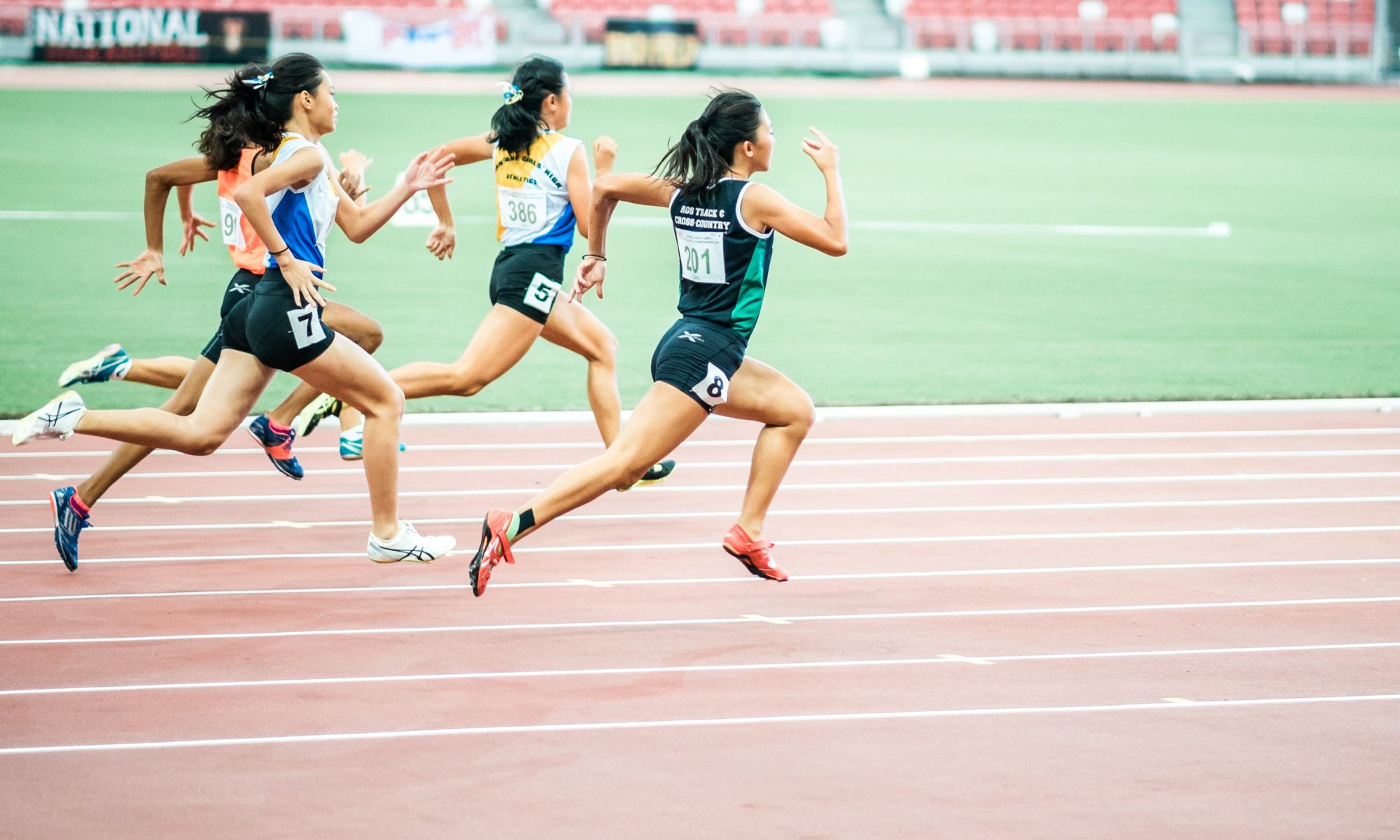BJSM released a journal to navigate a return to exercise or physically demanding occupations post COVID. Here is a 10 point summary of the findings.
So you made it through the two weeks (or even longer) of terrible COVID-19 symptoms. But you are an athlete – and your sense of self is not the same without some exercise in your life. Perhaps you have already tried to go back to training, but found you were just completely wiped out afterwards. So now you are feeling unsure of the best way to go about making a comeback.
If you need more information on COVID-19 you can find it on the WHO website. I won’t use this time to go into too much detail on that. I am sure we are all aware of it by now. There has been a journal article released by the British Journal of Sports Medicine, putting together the knowledge of experts in their fields to navigate a return to sport or physically demanding occupations. It is a fairly long article, so I will give you a 10 point summary here:
- “Patients with COVID-19 who experience the following symptoms: severe sore throat, body aches, shortness of breath, general fatigue, chest pain, cough or fever should avoid exercise (>3 METs or equivalent) for between 2 weeks and 3 weeks after the cessation of those symptoms.”
- Rehabilitation should be specific to the person & be reviewed throughout the process:
Each person has experienced this virus in a different way. They would also have different risk factors, co-morbidities, and physical ailments, different to another person. For this reason, the whole person needs to be considered.
- Keep in mind the potential for cardiac sequelae. And seek further medical advice should you experience any additional symptoms.
- 2-3 weeks rest is advised to reduce the risk of post infection cardiac failure secondary to myocarditis. Specific cardiac rehabilitation protocols would be followed for individual needs should this be the case.
- Confirmed myocarditis: 3-6 months of complete rest is advised. Return to sport (or physically demanding occupation) is possible and needs individual programming once medically cleared to do so.
- Return to exercise (mild/moderate cases) – Week 1:
Low level stretching, light muscle strength. If symptoms do not worsen, start to slowly include cardiovascular exercise.
Exercise should start at an intensity of 3 METS (think an easy walk). And vital signs should be monitored.
- All patients needing rehab should have a functional assessment to address any muscle related impairments which may be present. Initial assessments should take place as soon as cleared safe to do so.
- ICU patients need a multidisciplinary team approach.
- Severe neurological symptoms may cause life changing impairments requiring a multidisciplinary team for management. Mild symptoms are likely to clear up on their own with time.
- Asymptomatic contacts can continue to exercise as normal.
So in short, follow the advice of your treating medical doctor on your return to activity.
And should you or someone you know need assistance with their recovery post-COVID, find a biokineticist close by to help guide you in the rehabilitation process. You are also welcome to make contact with the practice for further advice.
Biokineticists are medical professionals, and exercise specialists. They can assess your current physical capabilities and fitness and provide a plan for your specific rehabilitation needs relating to the results of your testing. Each person’s sessions are geared towards reaching their individual goals – whether those are to participate at high level sport, or to be able to comfortably complete their daily tasks.


